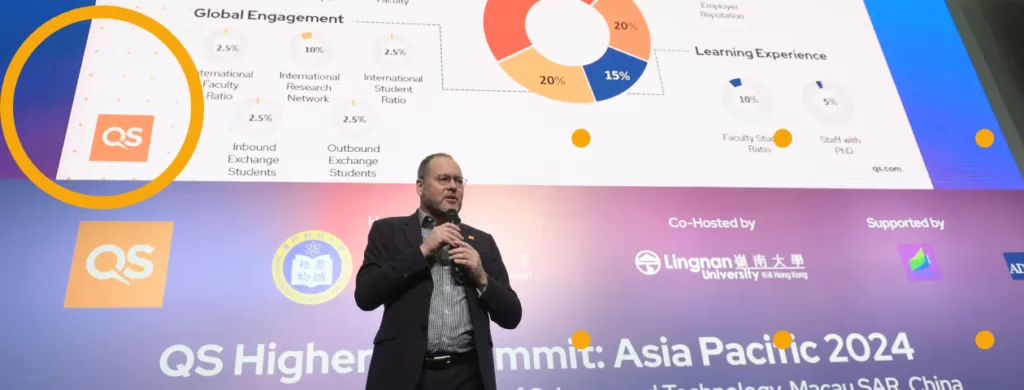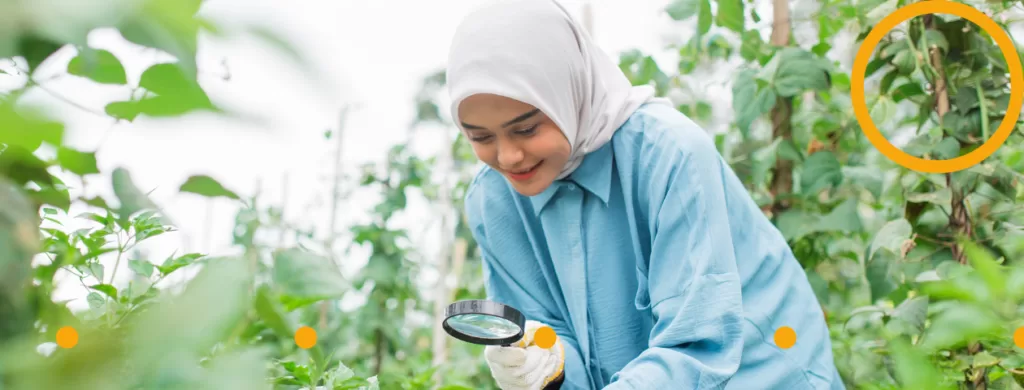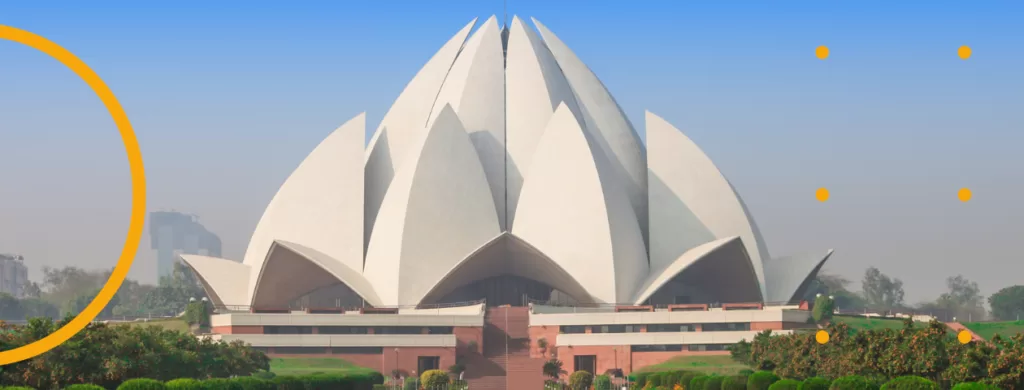
“For a technical university, I’m happy that we can also do those green things engineers don’t normally think of.”
The oldest and largest technical university in the Netherlands, Delft University of Technology, has a simple mission: “Impact for a better society.” Being more sustainable is one big way universities can have a positive impact, and Delft is making a difference.
Buoyed by a score of 98.6 out of a 100 for their environmental research, the QS World University Rankings: Sustainability 2024 placed Delft 14th in the world, and 1st in continental Europe.
To explore how Delft performed so well, we spoke to Professor Andy van den Dobbelsteen, Sustainability Lead and Professor of Climate Design & Sustainability at Delft.
Why is sustainability important to TU Delft?
“It’s simply the science that demonstrates that we have an urgent problem. We know how important it is to take climate action, to think about resources in the near future, and biodiversity.
“What was missing a couple of years ago was that we didn’t really practise what we taught on campus. We had some sustainable projects, but the campus couldn’t be called sustainable. So, in 2019 I charted the complete carbon emissions of our university – Scope One, Two, and Three – to get a good analysis of what our main problems related to carbon emissions are. Two years later, I was appointed as Sustainability Coordinator. And the first thing I did is to focus on the main causes of these carbon emissions and come up with an action plan to deal with them.”
Tracking Scope 3 emissions
“Scope 3 emissions are indirect emissions from procurement, commuting, business travel, investments. In 2019, I had data for the type of food we ate on campus. Travel we could find out through travel requests, and we can measure our energy consumption too. We couldn’t see our data from procurement for another two years – our furniture, coffee cups, technology, building materials.
“Sustainable interventions are often perceived to be costly, but we’re really talking about investments that have a payback time.”
“We initially thought there were three main carbon emission sources: gas for our heating, travel, and food consumption. When we tracked our procurement consumption, that was as big as everything, all together. It was the main source of carbon emissions.”
Sustainability beyond carbon emissions
“Carbon is something we can quite easily measure, but the UN’s SDGs are part of our focus too. It’s about social sustainability, diversity and inclusion, helping get people out of poverty and creating good sanitary solutions.
“Our sustainability goals for 2030 are to become carbon neutral, becoming completely circular in all the resources we use, being climate adaptive – so in 2030 we’re ready for the climate of 2050 – and having a more biodiverse campus.”
The sustainability project team
“We created theme teams and made the ‘Vision, Ambition and Action Plan’. All in all, we had 12 teams that all had a different focus area. Academics were in the groups, dedicated students, as well as support staff from the directorates that could actually make changes. Out of these groups came ideas for projects or pilots, and analysis of the current situation.”
“Three years after the theme teams’ founding, the majority of them has been embedded within the directorates that they’re most related to. I now have a core team and the students of GreenTU around me, and each faculty or directorate has a local sustainability coordinator (LSC). As core team we collaborate with the LSCs and stay in control of all projects on the campus. And we still initiate new projects when they’re needed.”
Ensuring new projects aren’t trends
“As a university, we should base our decisions on validated data. Then, with any projects we start, we should monitor and see if solutions actually work. I think it’s okay to find out that a certain decision wasn’t the best solution and keep working to adjust it. We should be ready to experiment.
“We gave out reusable cutlery boxes to all students and staff to reduce single use plastic. It’s made from bioplastics, but it came from China, and was shipped a long distance. There was a debate, but we looked holistically and with the amount of waste we’re saving, it was a good solution in spite of the shipping emissions.
“I am really proud of the food transition we’re making – from a largely meat-based diet to the global health diet (‘EAT Lancet’), which contains only 10% of animal products, and everything else is vegan. It wasn’t an easy transition, but it’s now been accepted because of its relevance to carbon emissions and animal welfare. Thereby we are reducing our food emissions by half. I’m also proud of our geothermal heat project, which will eventually replace our gas-based heating system.
“For a technical university, I’m happy that we can also do those green things engineers don’t normally think of.”
Partnerships for success
“As a Dutch University, we reside under the Ministry of Education, who then fund us alongside external financial sources for research. We all recognise the link between research, education and solutions to problems. We’re funded by the European Union, national funds, or private institutions.
“We have a community of startup companies, and tech companies that are on campus, all developed from university activities. Our field lab (The Green Village) allows companies to test out innovations for a sustainable built environment and from our sustainability programme we now finance innovations on campus as well.”
Tips for institutional sustainability
“We found it very effective when starting a new contract – be that for a supplier of IT equipment, or caterer – to request a carbon assessment of the product they offer. It helps bring in the right parties that think alongside you. My preference is to work with companies that come up with better solutions, rather than having us tell them what to do. They know their area better.
“Sustainable interventions are often perceived to be costly, but we’re really talking about investments that have a payback time. What we’re doing now is looking at the full lifecycle costs of a contract, and we’re including a carbon price, at the moment at 150 Euros per ton. This shifts decisions away from the traditional but initially expensive – design. For example, for new buildings, an architectural design that’s cheaper but has a large carbon emission due to their materials will now lose compared to a more sustainable design.”
Student impact on Delft’s sustainability
“We have a team called ‘GreenTU’. That’s seven students appointed by the board, specifically focused on campus sustainability. They work with me day-to-day, each with their own theme. Next to that there are ‘GreenTeams’ of students working on their own faculty’s challenges.
“Away from officially active students, we have a very engaged student cohort. They show up to debates and events about sustainable operations. Delft used to be the prime supplier of engineers for Shell, the oil company, and now people are almost reluctant to say they’re working there. I see that less students have the ambition to work with fossil fuel companies.
“Our great ranking position in the QS World University Rankings for Sustainability has a very positive influence on students. The new generation of students are well aware of what’s happening in the world. If we can demonstrate to the outside world that we’re really doing our best around sustainability, that will attract students who see it as important for their own future. For us to have more green or sustainable engineers, they’re more likely to succeed when they go to a university that addresses that seriously.”



